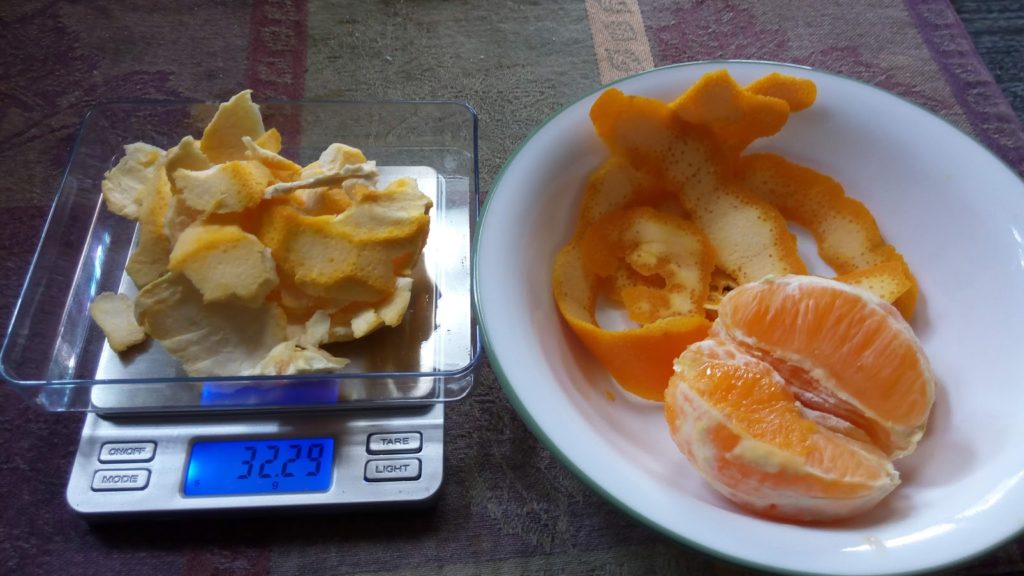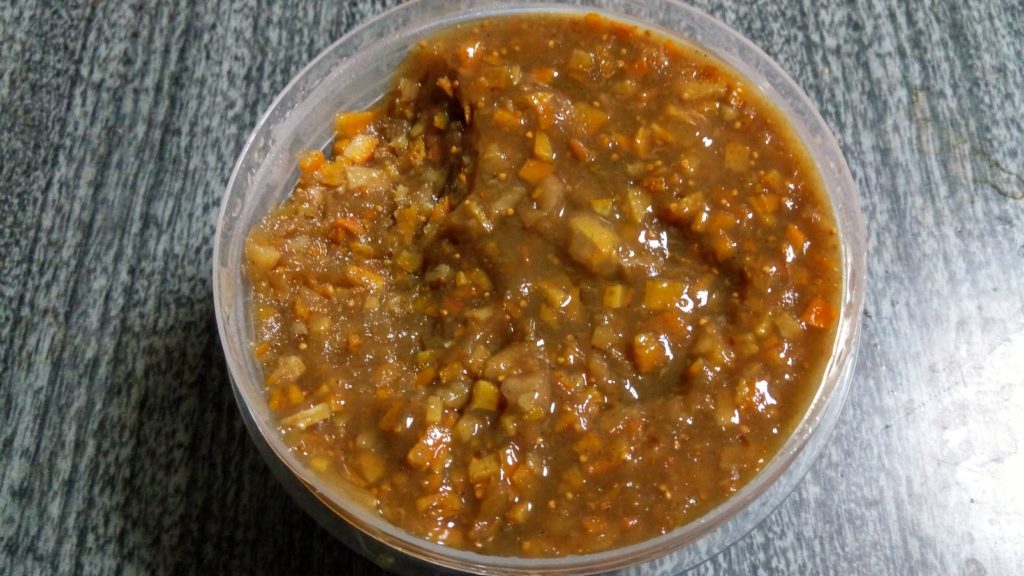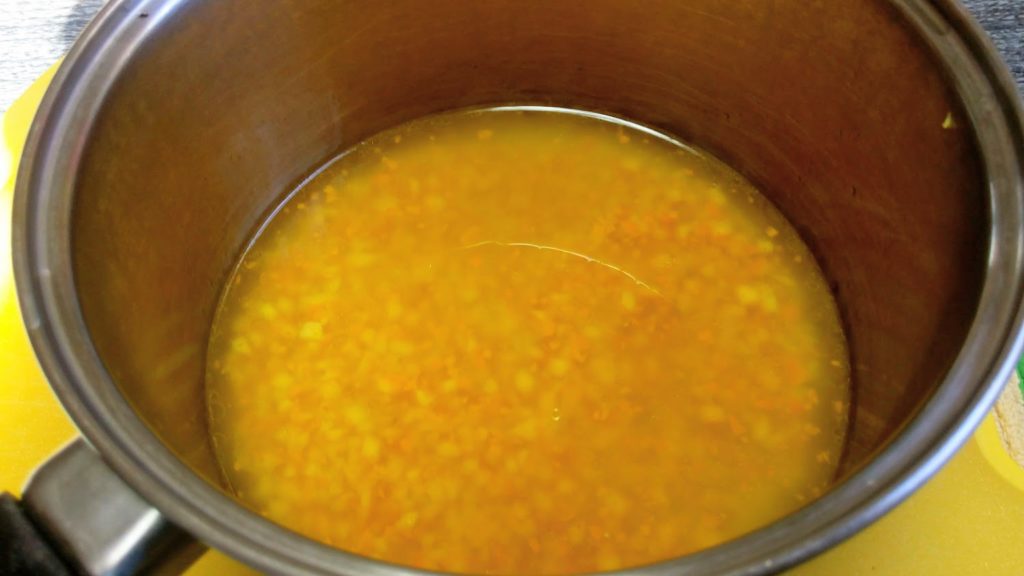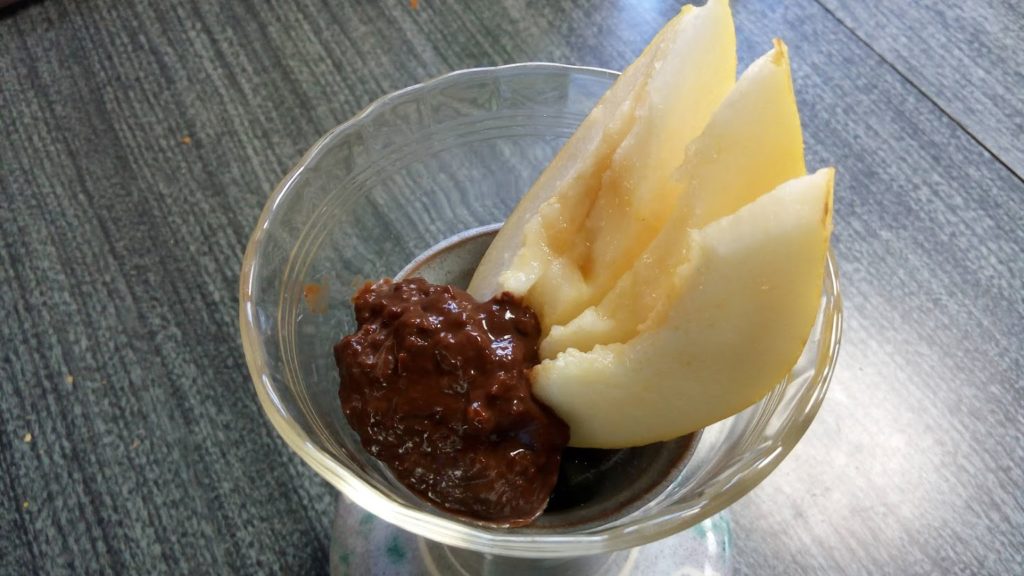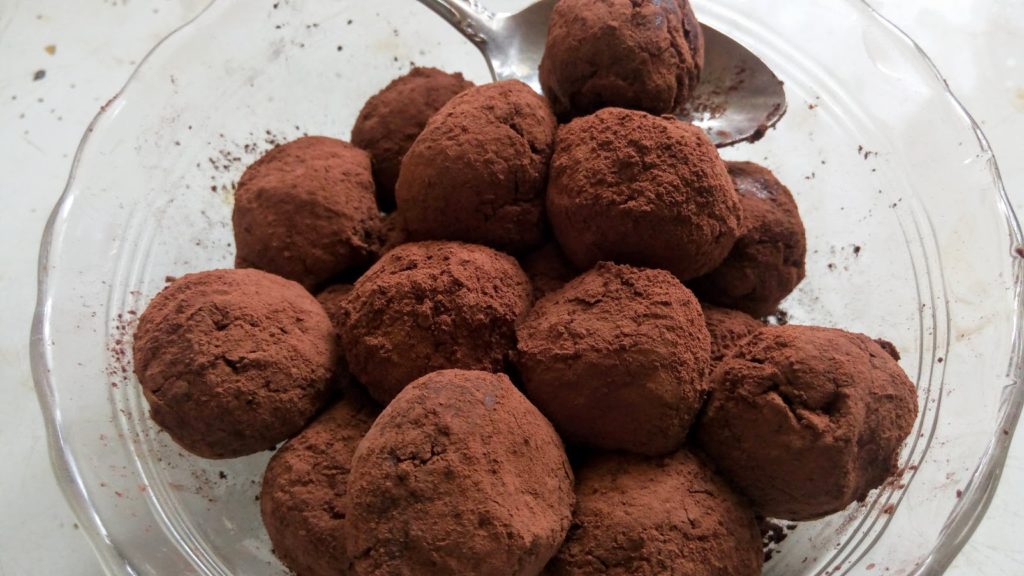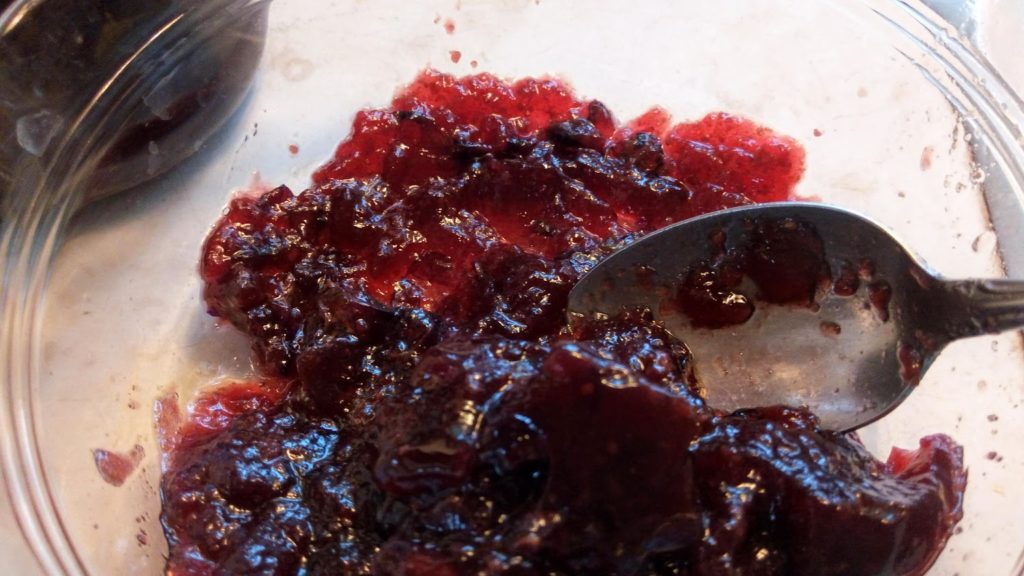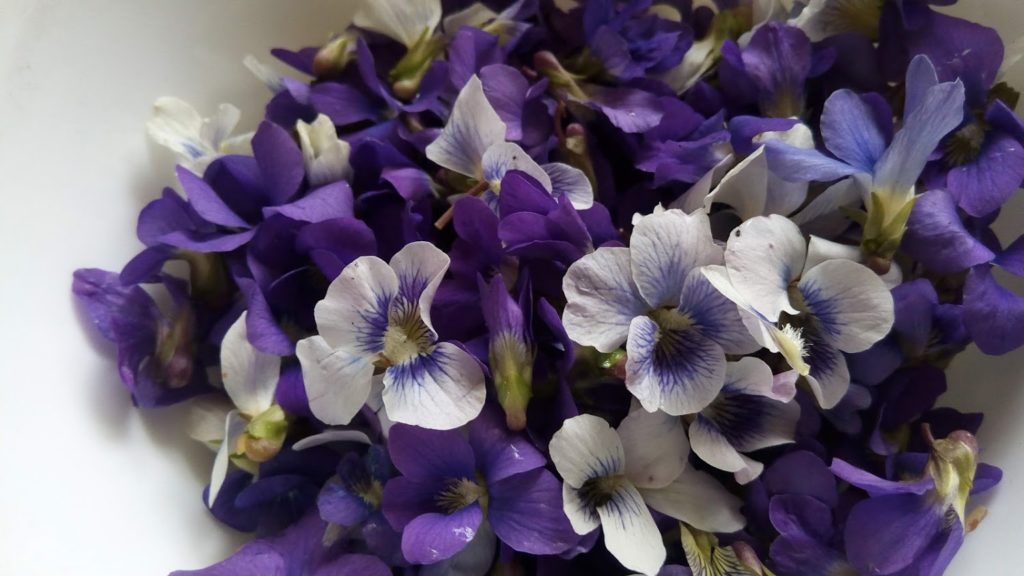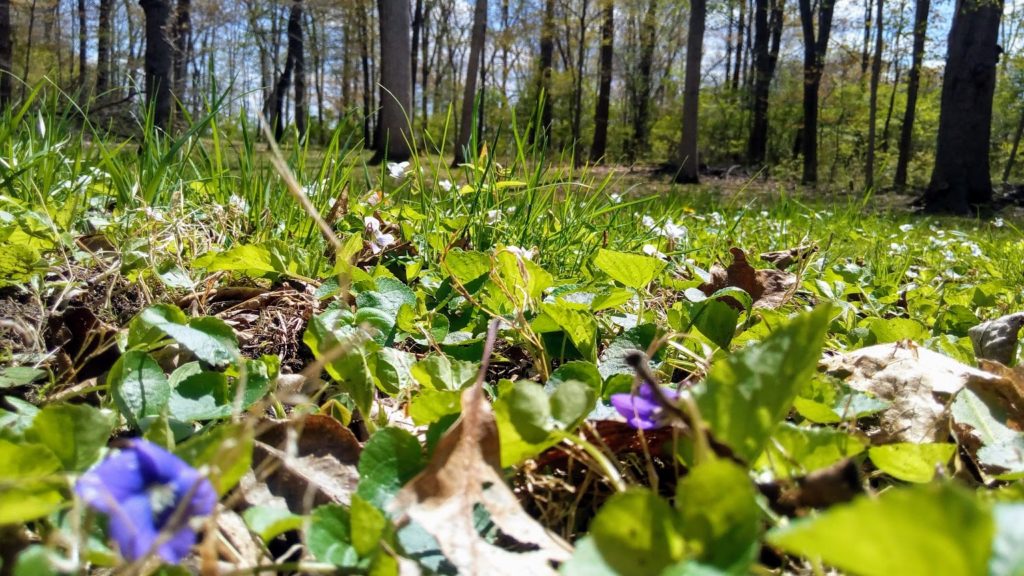Vitamin C and Intravenous Vitamin C/Thiamine therapy for cytokine storm are treatments that have a long history of safe and effective use. In early 2020 even vitamin C was getting discredited by the media and FDA as helpful and allowed treatments for Covid19. The post Treatments vs ‘a cure’ was a response to online bickering about there being no ‘cure’ for Covid19 – the implication being it is wrong to talk about how vitamin C can help then.
Vitamin C is an essential nutrient for vascular health and most everything else in a functioning body, indirectly if not directly.
Treatment is about providing all of the care a person needs when their health function is over stressed and possibly dysfunctional in some ways due to inflammation or infection effects. Treatment is well rounded to support various needs and reduce various symptoms.
Looking for a single ‘cure’ is a medical model viewpoint, based on the success of antibiotics, but also the success in early research days when finding and providing vitamin C was a fairly quick “cure” for scurvy – a deadly disease that was found to be “Vitamin C deficiency“. In that case the treatment was the cure. Vitamin D for rickets was also an early wonder cure that helped children grow up with straight and strong leg bones. Vitamin D fortification of milk and infant formula helped reverse that trend. Sadly scurvy is still occurring occasionally and medical professionals miss the diagnosis and simple cure – provide vitamin C.
Scurvy – severe vitamin C deficiency: “The modern doctor must keep this ancient disease in mind, as it presents insidiously with debilitating repercussions, particularly in older people who are at a higher risk. It is easily treatable once detected.” (1)
In the post Treatments vs ‘a cure’, I took a close look at a molecular docking study (3) that had grouped potential inhibitors for SARS-CoV-2 infection or replication into seven categories. I found that my selfcare treatments covered six of the seven categories, and citrus peel alone was potentially helping my infection selfcare in five of the seven ways. In total though I was using many items included in six of the seven categories. (3) SARS-CoV-2 can enter cells in many ways and spreads by exosomes – making many strategies necessary to block it or stop infected cells from remaining a latent infection.
The seven categories:
- PLpro inhibitors: “hesperidin and neohesperidin…might be the potential 3CLpro inhibitors and could probably be used for treating SARS-CoV-2.” (3) Citrus peel is a source of hesperidin and neohesperidin and vitamin C – L(+)-Ascorbic acid, quercetinoids, and other bioflavonoids like rutin. (13); Riboflavin-vitamin B2; Silybin – Milk Thistle; “…epigallocatechin gallate, [EGCG]…exhibited high binding affinity to PLpro protein, suggesting the potential utility of these compounds in the treatment of SARS-CoV-2.” (3) EGCG – pomegranate peel and/or green tea. EGCG also acts as a zinc ionophore when zinc is available. (11); (–)- Rosmarinic acid – rosemary.
- 3C-like main protease (3CLpro) inhibitors: metabolite of riboflavin, Flavin mononucleotide, which a high dose vitamin B2 supplement might provide as the metabolite; Lutein – kale and other vegetables; and also hesperidin, neohesperidin, and rosmarinic acid.
- RNA-dependent RNA polymerase (RdRp) inhibitors: silybin – Milk Thistle.
- Helicase (Nsp13) inhibitors: hesperidin, neohesperidin and other flavonoids. “The natural products, such as many flavanoids from different sources (α-glucosyl hesperidin, hesperidin, rutin, quercetagetin 6-O-β-D-glucopyranoside and homovitexin), …showed high binding affinity to this target.” (3) Rutin is found in green and black tea and a few other foods. Quercetagetin… seems to be a form of quercetin, which also can act as a zinc ionophore, (11) and is in citrus and pomegranate peel and many plants. Homovitexin is also called isovitexin and is found in cannabis and flaxseed and in a few other foods. (4)
- Targets inhibiting virus structural proteins: hesperidin, and “licoflavonol from Glycyrrhiza uralensis” -non DGL licorice root. “By superimposing the ACE2–RBD complex to the hesperidin–RBD complex, a distinct overlap of hesperidin with the interface of ACE2 could be observed (Fig. 6C), suggesting hesperidin may disrupt the interaction of ACE2 with RBD [the RBD section of the SPIKE protein]. ” (3)
- Targets inhibiting virulence factor: did not include any that I was taking.
- Targets blocking host specific receptor or enzymes: neohesperidin and hesperidin from Citrus aurantium again, the two phytonutrients are also in the peel of other citrus species. (5) “The natural products, such as phyllaemblicin G7 from Phyllanthus emblica, xanthones from the plants of Swertiagenus, neohesperidin and hesperidin from Citrus aurantium, exhibited potentially high binding affinity to ACE2 protein. ” (3)
Hesperidin is in five of the seven categories; neohesperidin in four; and riboflavin, silybin and rosmarinic acid might help in two ways. Pomegranate peel phytonutrients likely also can help in numerous ways.
Treatments are needed for multifactorial problems, and SARS-CoV-2 or chimeric spike effects include multiple routes of possible harm. To ‘cure’ this – we need many treatments.
Disclaimer: This information is provided for educational purposes within the guidelines of fair use. While I am a Registered Dietitian this information is not intended to provide individual health guidance. Please see a health professional for individual health care purposes.
Reference List
- Callus CA, Vella S, Ferry P. Scurvy is Back. Nutr Metab Insights. 2018 Nov 21;11:1178638818809097. doi: 10.1177/1178638818809097. PMID: 30479485; PMCID: PMC6249652. https://pubmed.ncbi.nlm.nih.gov/30479485/
- J Depew, Treatments vs ‘a cure’, April 3, 2020, transcendingsquare.com, https://transcendingsquare.com/2020/04/03/treatments-vs-a-cure/
- Canrong Wu, Yang Liu, Yueying Yang, et al., Analysis of therapeutic targets for SARS-CoV-2 and discovery of potential drugs by computational methods. Acta Pharmaceutica Sinica B, 27 February 2020, https://doi.org/10.1016/j.apsb.2020.02.008 https://www.sciencedirect.com/science/article/pii/S2211383520302999 * the genetic structure of the SARS-CoV(2) virus more closely matches the first, 2003, SARS-CoV virus in the way it can enter at ACE2 Receptors than it resembles the genetic structure of the coronavirus from bats native to China. There has also not been research support of the theory that the bat virus can infect humans as the shape does not fit the human ACE2 receptor: “…4 among the 5 most important amino acids (L465, L495, Y502, D510, and H514) that bind to ACE2 12 in Bat-CoV RaTG13 differ from SARS-CoV-2 (Fig. 3C). And there is no related research literature about whether Bat-CoV RaTG13 can infect human yet.”
- The other numbered references are on the original post. See 2 above. https://transcendingsquare.com/2020/04/03/treatments-vs-a-cure/

